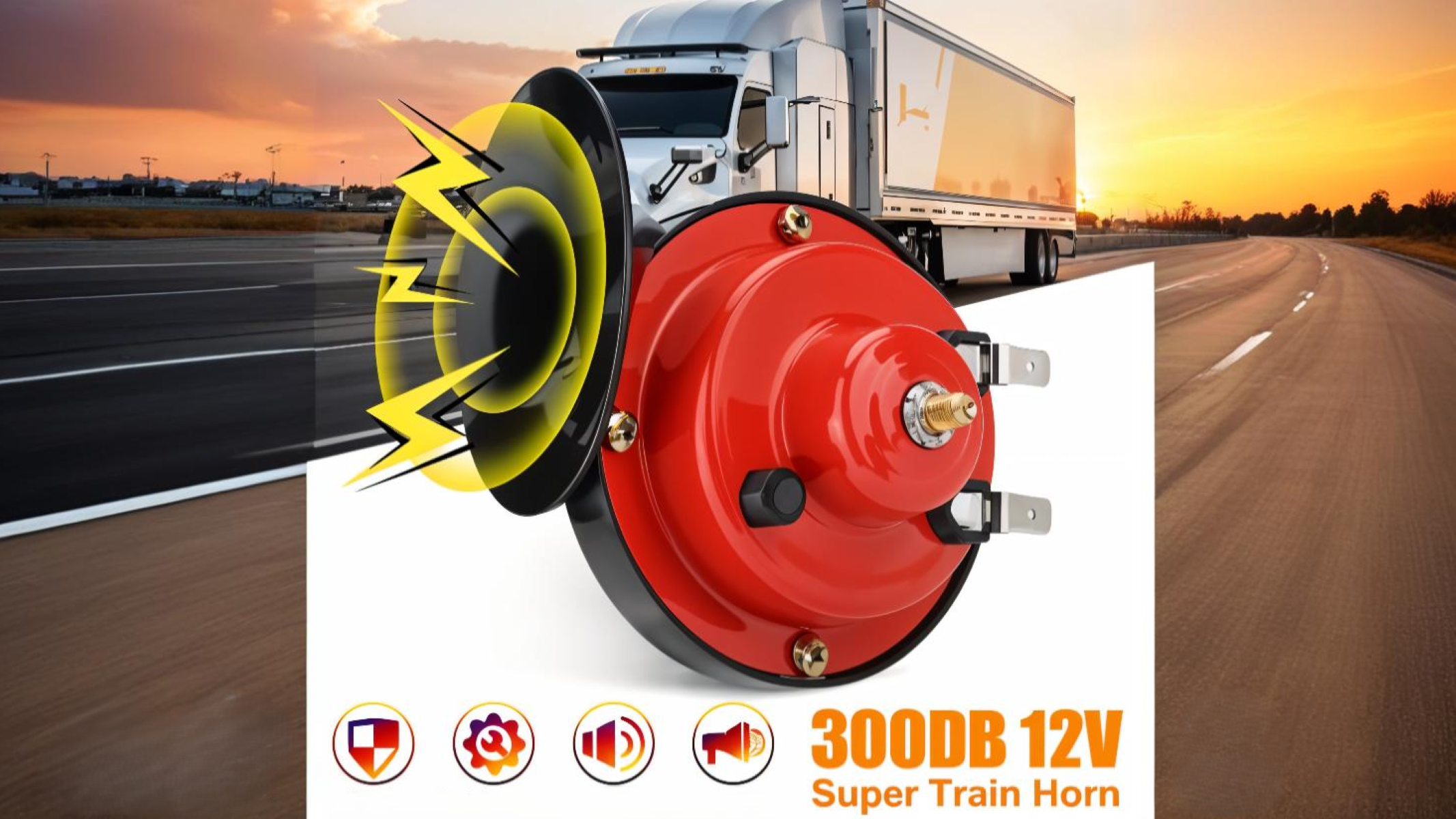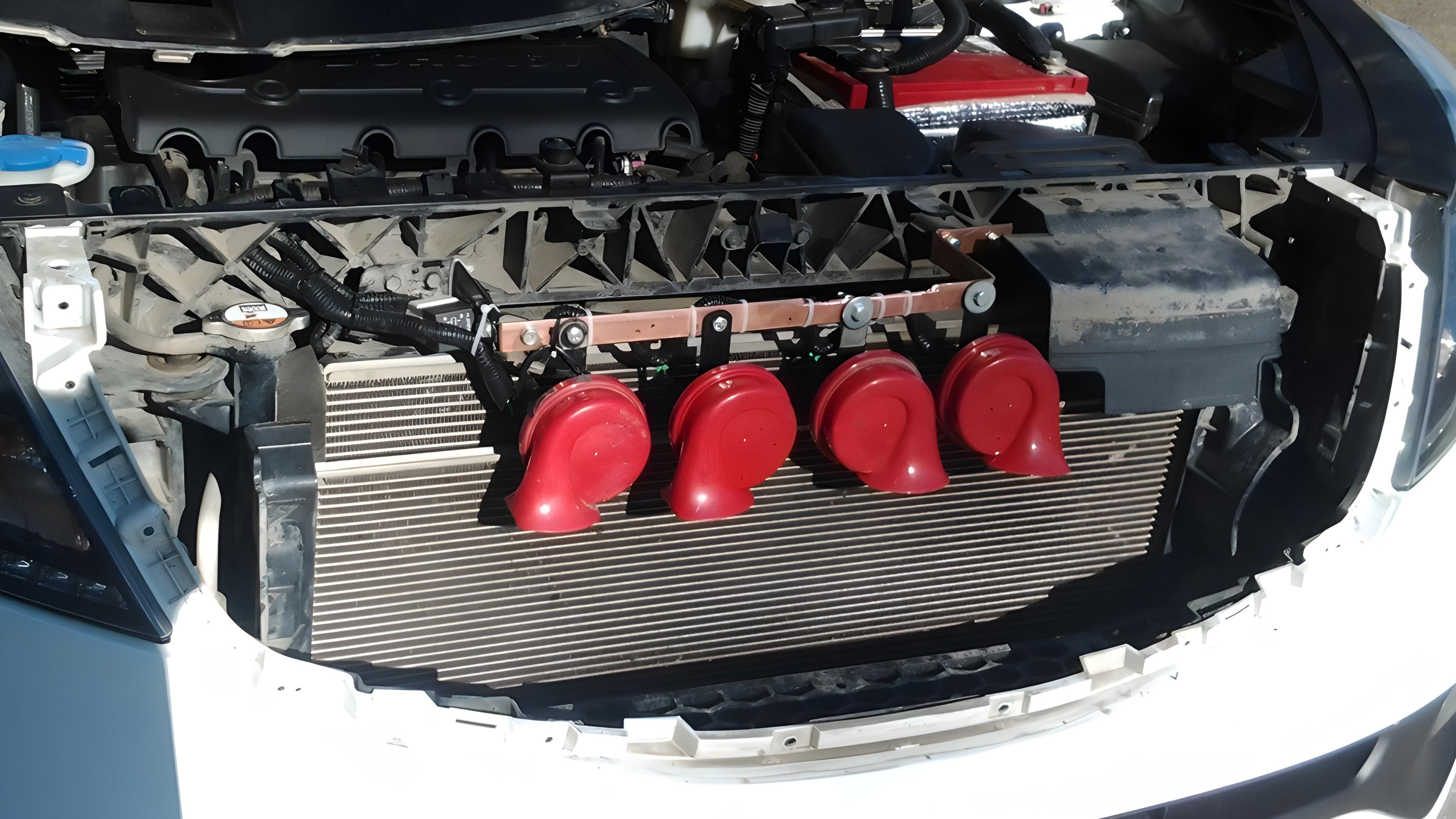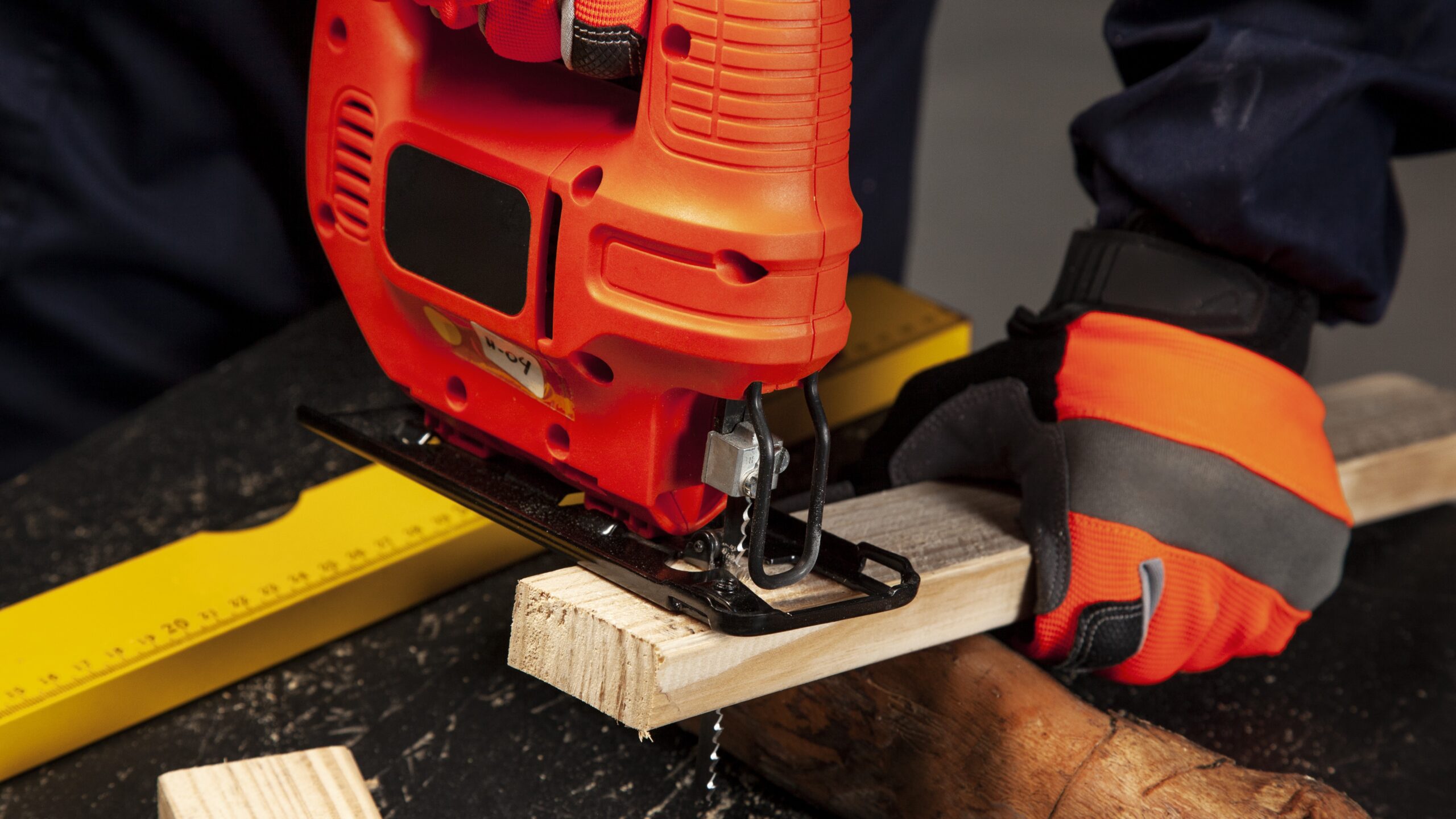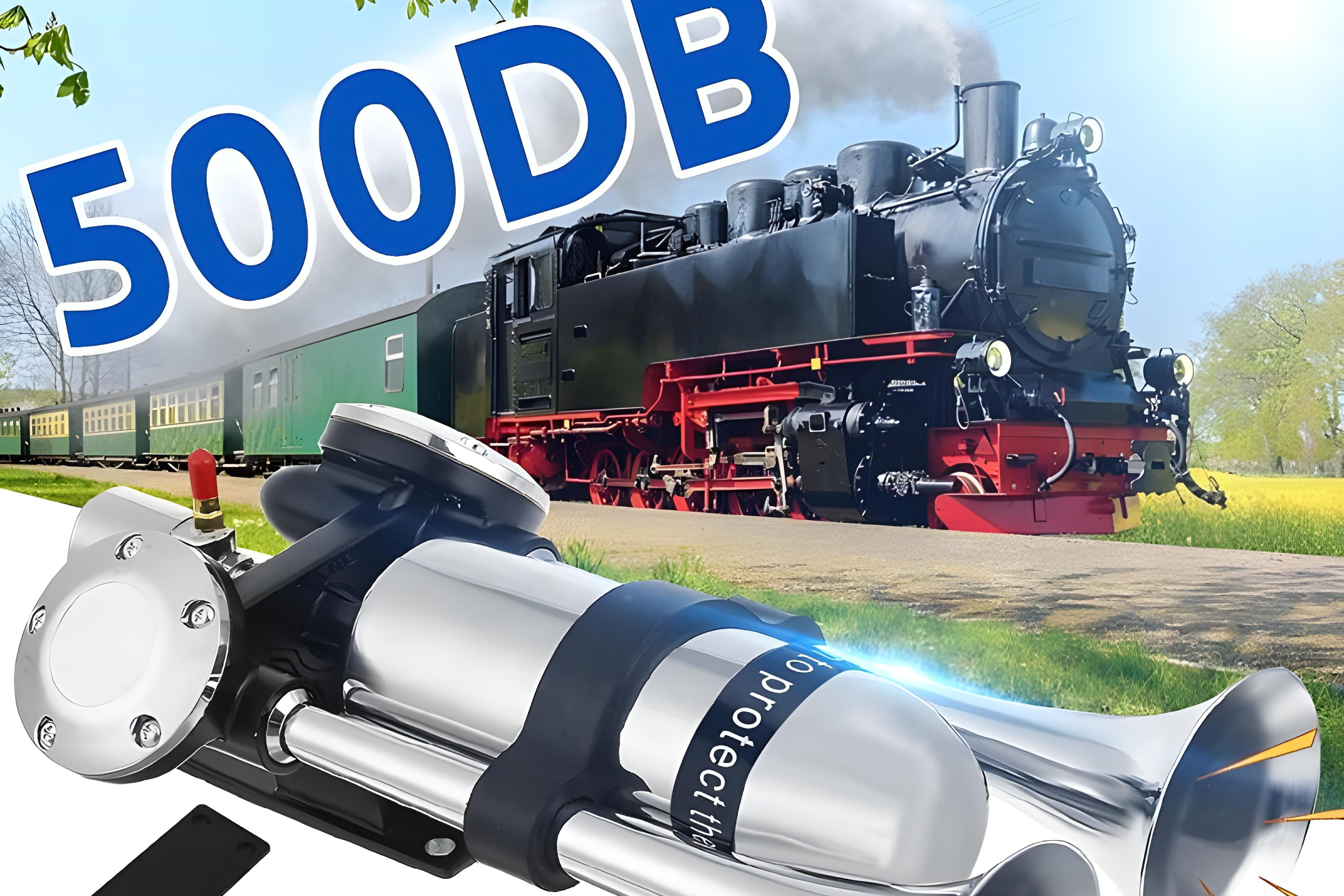High-decibel warning devices play a critical role in a variety of industries. Whether it’s for safety, security, or signaling, the installation and customization of these devices can make all the difference in ensuring effective communication and response. In this guide, we’ll explore everything you need to know about high-decibel warning devices, from their types to installation tips and best practices for customization. Let’s dive in!
What are High-Decibel Warning Devices?
High-decibel warning devices are powerful alert systems designed to capture attention in critical situations. These devices emit loud sounds at elevated decibel levels, generally over 85 dB, making them effective in environments where background noise or distance might otherwise prevent people from hearing conventional alarms. Their primary function is to warn people about potential dangers or emergencies, ensuring that they react swiftly and appropriately.
These devices are engineered to produce sound levels ranging between 100 to 130 dB, depending on their intended use. The higher the decibel level, the more likely the sound will be heard even in noisy or expansive environments. The goal is to make sure that people, whether inside a large industrial facility, a crowded public area, or an outdoor environment, can hear the alarm clearly and quickly. This makes them invaluable in industrial workplaces, construction sites, and even on vehicles, where immediate action may be required.
The effectiveness of a high-decibel warning device is not only determined by its loudness but also by its ability to reach a wide range. The sound emitted by these devices can travel considerable distances, ensuring that no matter where an individual is, they can hear the warning. This extended range is particularly important in large spaces like warehouses, factories, or open areas, where people might be far from the sound source.
Additionally, clarity is key in ensuring that the warning is understood. The tone or frequency of the sound produced is specifically designed to be distinct and easily recognizable, even amid loud machinery or environmental noise. High-decibel warning devices are also built to withstand harsh conditions. Their durability ensures they continue functioning properly in extreme weather, high temperatures, or dusty and wet environments, making them reliable in even the most challenging circumstances.
Why Are High-Decibel Warning Devices Important?
Safety is a top priority in various industries, including manufacturing, construction, and transportation. High-decibel warning devices play a crucial role in protecting people by providing immediate alerts about potential hazards. These devices are essential in signaling workers, pedestrians, and drivers to take action when equipment malfunctions, fire hazards occur, or when vehicles are approaching unexpectedly.
- Improved Safety:
High-decibel warning devices provide instant alerts, ensuring that people are aware of danger and can respond quickly. This rapid communication helps prevent accidents and minimizes the potential for injury or damage. - Wide Coverage:
These devices are designed to produce sound that travels over long distances, ensuring that people can hear the warning even in noisy environments. Whether in a large factory or a bustling city street, the sound reaches individuals in every corner, ensuring no one is left unaware of the danger. - Clear Communication:
High-decibel warning devices emit sounds that are distinct and easy to recognize, making it simple for individuals to understand the urgency of the situation. The clarity of the signal ensures that the message is heard loud and clear, even in crowded or noisy environments.
Types of High-Decibel Warning Devices
| Device Type | Best for | Sound Characteristics | Customization | Common Applications |
| Sirens | Outdoor emergencies (natural disasters, industrial hazards) | Loud, wailing sound that travels long distances | Can produce different alert tones (continuous, pulse, intermittent) | Used in outdoor settings for mass alerts and emergency warnings |
| Horns | Vehicle warnings, construction sites, industrial facilities | Sharp, attention-grabbing sound | Can be tuned to specific frequencies based on the noise environment | Found in vehicles, construction machinery, and industrial areas |
| Bells | Indoor environments (schools, factories, warehouses) | Clear, resonant sound | Can ring at different intervals or durations | Used in facilities requiring non-intrusive and clear signaling |
| Alarms | Fire systems, security breaches, emergencies requiring visual cues | Combination of loud sound and flashing lights | Customizable in patterns, tones, and light signals | Used in fire alarms, security systems, and areas requiring both sound and visual alerts |
Installation of High-Decibel Warning Devices
Proper installation of high-decibel warning devices is essential for ensuring their effectiveness in emergency situations. Incorrect placement or improper setup can result in alerts that are not heard or are ineffective, ultimately compromising the safety of the environment. It’s important to take a systematic approach when installing these devices to guarantee that they provide the necessary warnings when needed.
The first step in installation is choosing the right location for the device. The spot you select will significantly affect how well the device functions. Ideally, the device should be placed in high-traffic areas where it is most likely to be heard by a large number of people, such as walkways, vehicle paths, or near busy machinery. Additionally, positioning the device close to potential danger zones—like fire exits, loading docks, or areas with heavy machinery—ensures that the alarm reaches those in immediate danger. It’s also essential to avoid placing the device behind obstructions like walls, doors, or other structures that could block the sound and reduce its effectiveness.
Next, you must ensure a reliable power supply for the device. High-decibel warning devices rely on a consistent power source to function properly, so it’s important to consider whether the device will be wired or wireless. Wired devices may require a stable electrical connection, while wireless options may run on batteries or solar energy. Having a backup power system, such as a battery, is essential to maintain the device’s functionality during power outages or disruptions. This step is crucial for ensuring that the device continues to operate in critical situations when power is lost.
Once you have selected the appropriate location and ensured the device has a proper power source, you can move on to mounting the device. Follow the manufacturer’s instructions carefully, as each device has specific mounting requirements. Secure the device properly to prevent vibrations or external forces from affecting its sound production. If possible, mount the device at a higher level to increase its reach and ensure the sound travels over a larger area. Finally, once the device is installed, it’s important to run several tests to ensure everything is working correctly. Test the sound level to confirm that it is loud enough to be heard across the intended area. Check that the coverage area is sufficient to alert all necessary individuals, and verify that the backup power system functions in case of power failure.
Customization of High-Decibel Warning Devices
Customization of high-decibel warning devices is essential for adapting the alarm to the specific needs of different environments and situations. Whether it’s altering the sound frequency, adding visual signals, or programming the device for specific scenarios, customization enhances the device’s ability to effectively alert individuals about potential hazards.
- Tone Customization
Customizing the tone of the warning device is one of the most common adjustments. This allows the warning to be differentiated based on the type of emergency or hazard. The following tone options are typically available:- Continuous Tone: Ideal for general alerts or emergencies where a constant signal is needed to ensure attention.
- Pulsing Tone: Useful for distinguishing between various types of emergencies, such as fire alarms, security breaches, or evacuation alerts.
- Multi-Tone: Allows for different sounds to be played in sequence, which helps to easily identify specific types of warnings based on the tone pattern.
- Visual Signals
In addition to sound, incorporating visual signals like flashing or strobe lights can increase the effectiveness of the warning system, especially in environments with high ambient noise or poor visibility. Some common visual signal options include:- Flashing Lights: Lights in colors like red, yellow, or blue can be synchronized with the sound to further attract attention and ensure that the warning is noticeable even in busy or noisy environments.
- Strobe Lights: These high-intensity flashing lights are particularly useful in settings where normal lights may not be effective due to limited visibility, such as in foggy or smoky areas.
- Programming the Device
Many high-decibel warning devices come with programmable features that allow you to set specific functions tailored to your environment or hazard. Key programming options may include:- Timed Alerts: The device can be programmed to emit warnings at specified intervals or times, making it ideal for situations where repeated alerts are necessary.
- Multiple Alerts: Devices can be configured to emit different sounds or signals based on the severity of the situation, providing a layered warning system that signals the urgency of the hazard effectively.
Maintenance and Testing of High-Decibel Warning Devices
| Maintenance and Testing Steps | Description | Frequency of Check | Tools Needed | Tips |
| Check Power Sources | Ensure that backup power sources are functioning, and replace batteries if necessary. | Monthly | Multimeter, Batteries | Replace batteries before they reach full depletion to avoid unexpected failures. |
| Inspect the Device for Damage | Look for physical damage or wear, such as cracks in the casing or loose parts. | Quarterly | Visual Inspection | Ensure all screws and components are tight to prevent malfunction. |
| Clean the Device | Dust and dirt can affect the device’s performance, so keep it clean, especially if it’s exposed to harsh environments. | Monthly | Cleaning Cloth, Compressed Air | Avoid using harsh chemicals that could damage the device. |
| Test the Device Regularly | Conduct regular sound tests to confirm that the device still operates at the correct decibel level. | Bi-Monthly | Sound Meter | Document sound test results for consistent performance. |
| Low Sound Output | Check for obstructions, power issues, or a damaged speaker. | As Needed | Visual Inspection, Speaker Check | Regularly check speaker for wear and tear to avoid distortion. |
| Intermittent Sound | This could be due to loose wiring or a malfunctioning power source. | As Needed | Wiring Tools, Power Source Check | Secure wiring connections and check for loose terminals. |
| No Sound | Ensure the device is properly connected to the power source and is receiving adequate voltage. | Immediately | Multimeter, Voltage Check | Check voltage regularly to ensure optimal device operation. |
Importance of Regular Maintenance for High-Decibel Warning Devices
Maintaining high-decibel warning devices is essential to ensuring their effectiveness in critical situations. These devices play a pivotal role in alerting individuals to potential dangers, so it’s crucial they are kept in optimal working condition. Over time, components such as speakers, power sources, and wiring can degrade or malfunction, reducing the overall performance of the warning system. Regular checks are necessary to prevent any unexpected failures, especially in environments where emergencies are unpredictable. By taking proactive steps to inspect and test these devices, the risk of system failure during an emergency can be significantly minimized.
Proper maintenance also extends the lifespan of high-decibel warning devices, saving businesses from costly repairs or replacements. Routine care helps identify minor issues before they develop into major problems. For example, cleaning dust and debris from the device can prevent overheating, while checking power sources ensures backup systems are ready in case of a power outage. Ensuring that each component of the system is functional can guarantee that the warning devices continue to serve their purpose effectively.
Testing the sound output is another critical aspect of maintenance. Warning devices need to emit a sound at the proper decibel level to be heard clearly across large or noisy environments. Regular sound tests confirm the volume and clarity of the warning signals, making sure that they are loud enough to alert people to potential hazards. By documenting sound test results, you can track performance over time and address any deviations early.
Additionally, checking for physical damage, such as cracks in the casing or loose parts, helps prevent issues that could interfere with the device’s operation. Ensuring that the device is clean and undamaged keeps it ready for use in any emergency situation. Regularly testing the device and replacing worn-out components or batteries ensures that the system is always ready to provide a clear and effective warning when needed the most.




